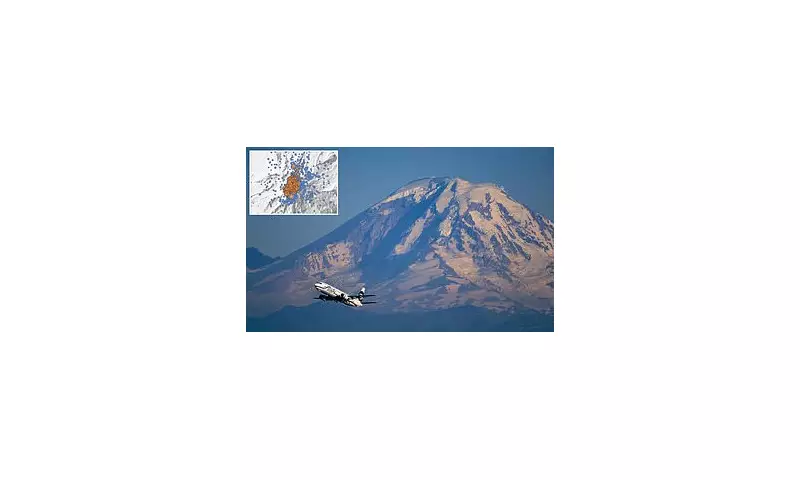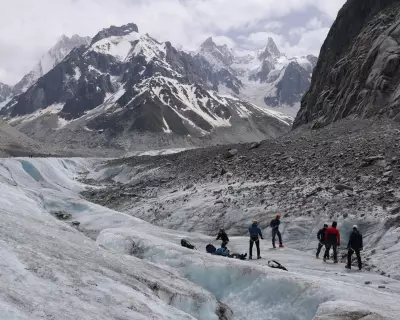
Mount Rainier, the towering stratovolcano in Washington State, has been struck by the most intense earthquake swarm in its recorded history, raising concerns among geologists about possible volcanic unrest.
The Pacific Northwest Seismic Network (PNSN) reported over 1,000 tremors in just two weeks, with magnitudes ranging from 0.5 to 3.0. While most were too faint to be felt, the sheer volume has experts closely monitoring the situation.
What’s Behind the Unusual Seismic Activity?
Earthquake swarms near volcanoes can indicate magma movement, but scientists caution against jumping to conclusions. "This doesn’t necessarily mean an eruption is coming," said Dr. Seth Moran of the US Geological Survey. "Rainier frequently has swarms, but this one is larger and more prolonged than usual."
Why Mount Rainier Poses a Unique Threat
Unlike its more famous neighbor, Mount St. Helens, Rainier’s real danger lies in its massive glaciers. A significant eruption could trigger catastrophic lahars – fast-moving mudflows of melted ice and debris – that threaten over 100,000 people in nearby valleys.
- The last major eruption occurred about 1,000 years ago
- Lahars from Rainier have reached as far as present-day Tacoma
- The volcano is considered one of the most dangerous in the US
How Scientists Are Responding
Monitoring stations have been reinforced with additional equipment, and the Cascade Volcano Observatory has increased its surveillance. "We’re watching gas emissions, ground deformation, and thermal changes," explained a PNSN spokesperson.
While current alert levels remain normal, residents are advised to review emergency plans and evacuation routes as a precaution.





